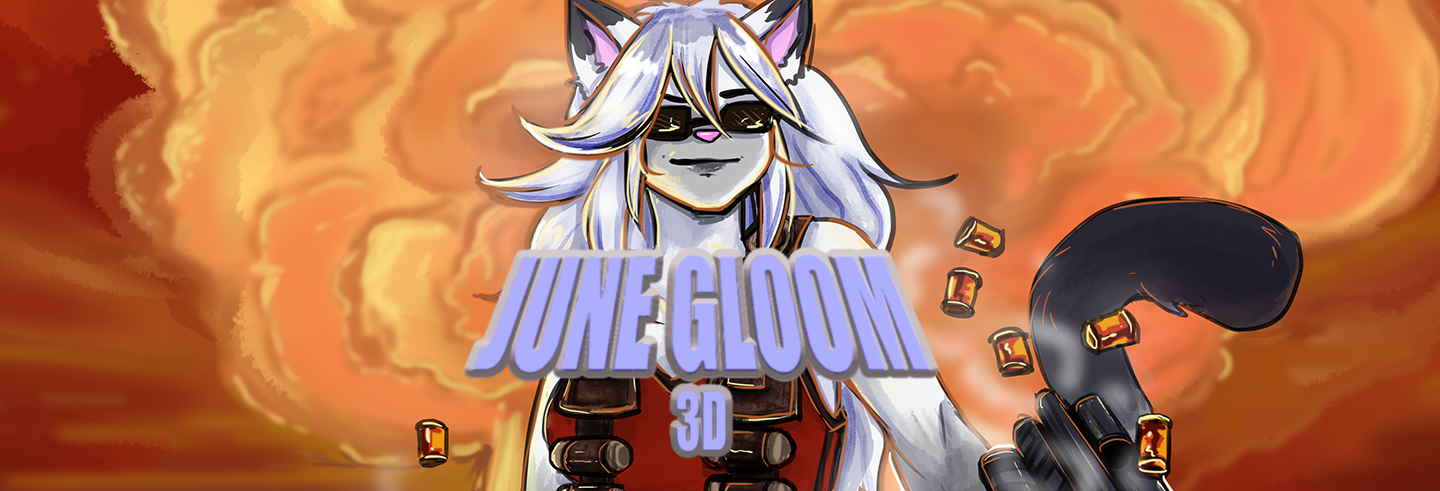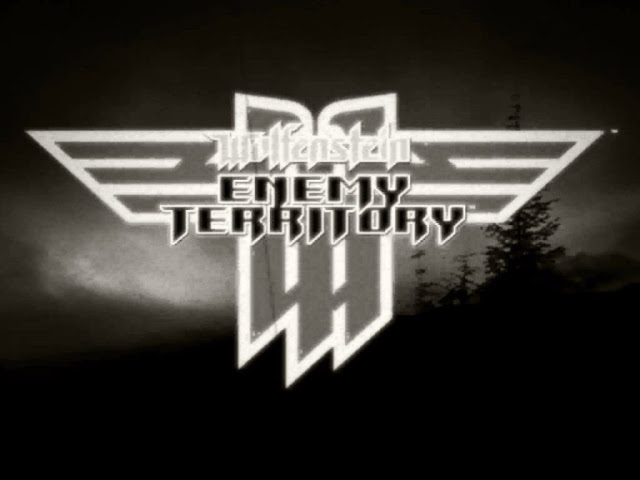Wolfenstein: Enemy Territory
Splash Damage
This review was originally written in 2020, edited in 2024, and updated in 2025.
 |
| screenshots c/o Mobygames |
Return to Castle Wolfenstein did very well; while its single player campaign was well received at the time (despite showing its age now) the bigger draw was its multiplayer, which played somewhat like the nascent Day of Defeat crossed with Quake III Arena. As often was the case with games of the era, an expansion pack was all but assured. Not long after one was announced, it ran into delays… then more delays. It went from being an expansion pack to a standalone. And then it dropped the singleplayer. And then it released for free. You can kind of guess at the checkered history of the game from that timeline: originally, Gray Matter Interactive, the original developer, was to follow up Return with a single-player expansion, but for one reason or another, they didn’t follow through. Splash Damage, meanwhile, had been tapped to do the multiplayer. They specialized in multiplayer games, getting their start making custom maps for Quake III and Return to Castle Wolfenstein — in fact, it was a popular map based on a real-life military action, Operation Market Garden (the failed Allied invasion of the Netherlands,) for the latter that got id Software’s attention in the first place. They know multiplayer.
In the end, Activision wound up canceling the game. But id Software had long had a history of good community relations, cultivated in part by John Romero doing his tenure there. Rather than let the game disappear, id Software chose to release Splash Damage’s contribution as-was. It was a major PR boost for both companies, and an important entry into a crowded field of WW2 FPS games that hadn’t even seen Call of Duty yet. Releasing it for free of course made it massively popular; over the years dozens, if not hundreds, of maps for it have been made, but the game shipped with a mere six — probably because development was stopped early on. Nevertheless, it’s a decent map set.
 The gameplay is a little different from Return.
The big change is the addition of a sort of experience system in which
players can learn new abilities — covert ops, for instance, can actually
don enemy disguises, much like the spy in Team Fortress. In practice, the game is roughly the same otherwise — the engine is slippery like Quake III,
but the stock maps, split across two separate theaters of battle (the
Middle East in 1942 and Europe in 1943) all have an asymmetric
attack/defense structure. Each map is made up of a series of objectives
that must be reached, with the attacking team (the Allies, in all but
one map) working together to achieve these objectives with the defending
team doing what they can to stop them: sabotaging vehicles, closing
routes, etc. As the match progresses and objectives are met, teams will
spawn in new places to keep pace with the advancing frontline. Thanks to
the high speed of the players, combat is chaotic and carnage-filled in a
way even Day of Defeat is not.
The gameplay is a little different from Return.
The big change is the addition of a sort of experience system in which
players can learn new abilities — covert ops, for instance, can actually
don enemy disguises, much like the spy in Team Fortress. In practice, the game is roughly the same otherwise — the engine is slippery like Quake III,
but the stock maps, split across two separate theaters of battle (the
Middle East in 1942 and Europe in 1943) all have an asymmetric
attack/defense structure. Each map is made up of a series of objectives
that must be reached, with the attacking team (the Allies, in all but
one map) working together to achieve these objectives with the defending
team doing what they can to stop them: sabotaging vehicles, closing
routes, etc. As the match progresses and objectives are met, teams will
spawn in new places to keep pace with the advancing frontline. Thanks to
the high speed of the players, combat is chaotic and carnage-filled in a
way even Day of Defeat is not.
It’s not a perfect game, of course. The Axis side’s MP40 is woefully overpowered; a decent medic is nothing short of a god and can make or break a match. Too many objectives require specific classes, especially the engineer. And sometimes the maps make for serious bottlenecks. But still, it’s free, and you can’t really argue with free. And while the player base is all but gone now (the game was 17 years old at time of originally writing this; as of this editing pass, it is now 22 years old) its legacy still stands tall. To this day it remains one of the only genuine multiplayer Wolfenstein experiences.
 |
| screenshot c/o Steam |
So how does Wolfenstein: Enemy Territory hold up after all these years? Fairly well, I think. My heart still lies with Day of Defeat, but there’s a sense of chaos and madness that you can only get with Wolfenstein.






No comments:
Post a Comment